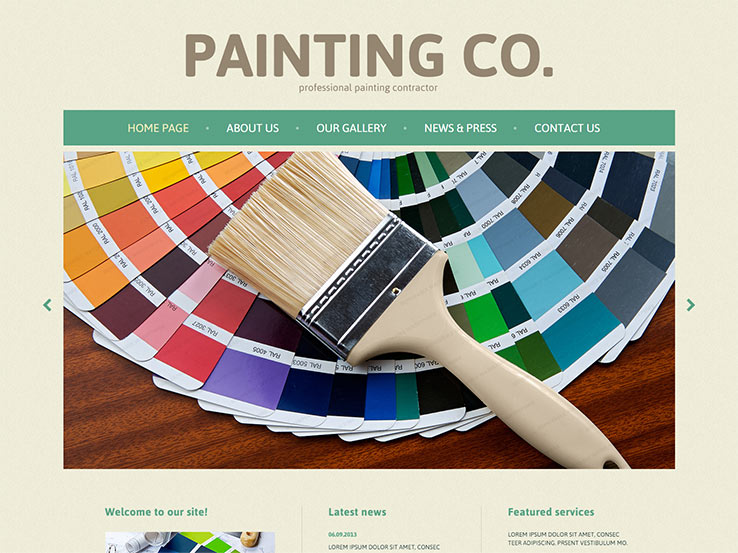Seasonal Factors In Commercial Outside Painting: Key Insights You Should Know
Seasonal Factors In Commercial Outside Painting: Key Insights You Should Know
Blog Article
Material Composed By-Fox Browne
When you're intending a business exterior painting task, seasonal variables can make or break your outcomes. You'll intend to take into consideration just how temperature level and moisture effect paint application and drying times. Selecting the ideal period can ensure your paint adheres properly and lasts much longer. Yet which seasons are absolutely the most effective for this kind of job? Let's check out the key elements that can impact your job's success.
The Influence of Temperature on Paint Application
When you're planning an industrial external painting job, the temperature can dramatically affect how well the paint adheres and dries out.
Ideally, you want to repaint when temperatures range in between 50 ° F and 85 ° F. If it's as well cool, the paint may not treat appropriately, causing problems like peeling or cracking.
On the flip side, if it's too hot, the paint can dry also promptly, preventing proper bond and leading to an unequal coating.
You must also consider the time of day; morning or late afternoon provides cooler temperature levels, which can be more favorable.
Constantly check the supplier's recommendations for the details paint you're making use of, as they frequently offer assistance on the perfect temperature level variety for optimum results.
Humidity and Its Effect on Drying Times
Temperature isn't the only environmental aspect that affects your commercial exterior painting project; humidity plays a significant duty also. High moisture degrees can reduce drying out times significantly, impacting the general quality of your paint work.
When the air is filled with moisture, the paint takes longer to cure, which can bring about issues like bad bond and a higher risk of mildew growth. If you're repainting on a specifically moist day, be gotten ready for extended wait times between coats.
It's critical to check neighborhood weather conditions and plan accordingly. Ideally, go for humidity levels in between 40% and 70% for optimum drying.
Keeping these factors in mind ensures your task stays on track and delivers a lasting coating.
Best Seasons for Commercial Exterior Paint Projects
What's the most effective time of year for your commercial outside paint tasks?
Springtime and early fall are typically your best choices. During these periods, temperature levels are light, and humidity degrees are typically lower, producing perfect problems for paint application and drying out.
Avoid summer's intense heat, which can trigger paint to dry also promptly, leading to inadequate adhesion and coating. Similarly, wintertime's cool temperature levels can hinder proper drying and curing, risking the durability of your paint work.
Aim for days with temperature levels in between 50 ° F and 85 ° F for optimum results. pop over to this site in mind to inspect the regional weather report for rain, as wet problems can ruin your project.
Preparation around these variables ensures your painting job runs efficiently and lasts longer.
Final thought
Finally, planning your commercial exterior paint jobs around seasonal considerations can make a substantial difference in the end result. By organizing work throughout the perfect temperatures and humidity levels, you'll guarantee far better attachment and drying out times. Keep in https://indoorpaintersnearme33221.theideasblog.com/34849719/desire-a-home-that-is-filled-with-quality-and-vibrancy-look-into-the-understanding-of-experienced-residence-painters-and-find-the-key-elements-that-turn-a-house-right-into-a-real-home to watch on regional weather report and select the correct time of year-- spring and very early fall are your best bets. Taking these actions will assist you achieve a resilient and specialist surface that lasts.
